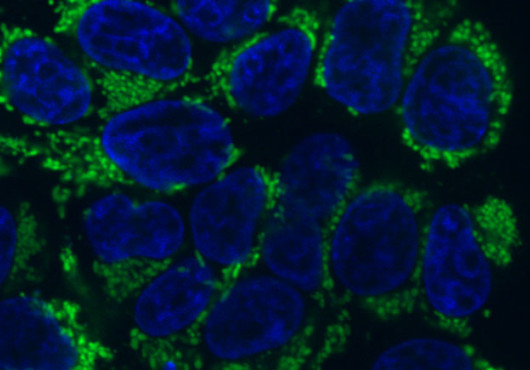
At a glance:
- Study finds people with schizophrenia and older adults have strikingly similar sets of changes in gene activity in two types of brain cells.
- Findings suggest a shared biological basis for cognitive impairment in schizophrenia and aging and point to new strategies for treating it.
- The work also implicates a cell type not previously known to affect genetic vulnerability for schizophrenia.
Brain tissue samples from people with schizophrenia and from older adults have strikingly similar sets of changes in gene activity in two types of brain cells, suggesting a common biological basis for the cognitive impairment often seen in people with schizophrenia and in older people, according to new research.
The findings — published March 6 in Nature and led by researchers at Harvard Medical School, the Broad Institute of MIT and Harvard, and McLean Hospital — point to new strategies for treating cognitive impairment.
The work also implicates a cell type not previously known to affect genetic vulnerability for schizophrenia.
The discoveries arose from training an artificial intelligence model to analyze gene activity across many kinds of cells in brain tissue samples from nearly 200 people.
“Science often focuses on what genes each cell type expresses on its own,” said co-senior author Steve McCarroll, the Dorothy and Milton Flier Professor of Biomedical Science and Genetics in the Blavatnik Institute at HMS and director of genomic neurobiology for the Stanley Center for Psychiatric Research at the Broad Institute.
“But brain tissue from many people, and machine-learning analyses of those data, helped us recognize a larger system,” he said.
An unexpected cell relationship
The researchers analyzed patterns of gene activity, known as gene expression, in more than 1 million cells from postmortem brain tissue from 191 people.
They found that in individuals with schizophrenia and in older adults without schizophrenia, two brain cell types — astrocytes and neurons — had lower activity of genes that support the junctions between neurons, called synapses, compared to healthy or younger people.
The team also discovered tightly synchronized changes in gene expression in the two cell types. When neurons lowered the expression of certain genes related to synapses, astrocytes did too.
The team called this coordinated set of changes the Synaptic Neuron and Astrocyte Program, or SNAP.
They found that even in healthy young people, the expression of SNAP genes always increased or decreased in a coordinated way in neurons and astrocytes.
“These cell types are not acting as independent entities but have really close coordination,” said McCarroll. “The strength of those relationships took our breath away.”
Shared roots
Schizophrenia is well known for causing hallucinations and delusions, which can be at least partly treated with medications. But it also causes debilitating cognitive decline, which has no effective treatments.
Cognitive decline is common in aging as well.
The new findings suggest that the cognitive changes in both conditions might involve similar cellular and molecular alterations in the brain.
The strength of those relationships took our breath away.
Steve McCarroll



